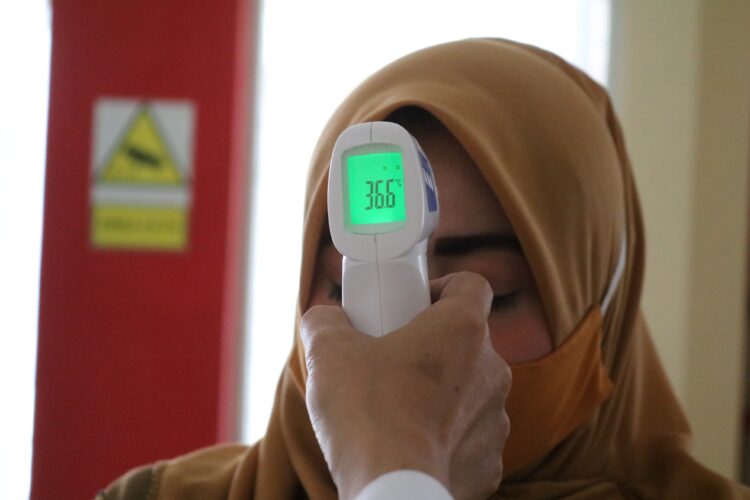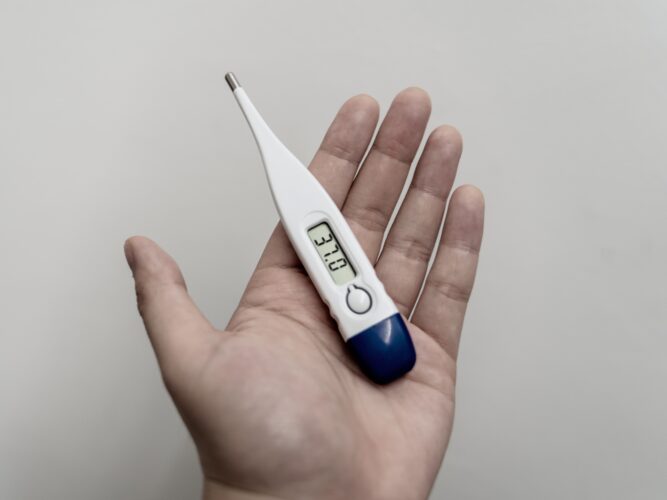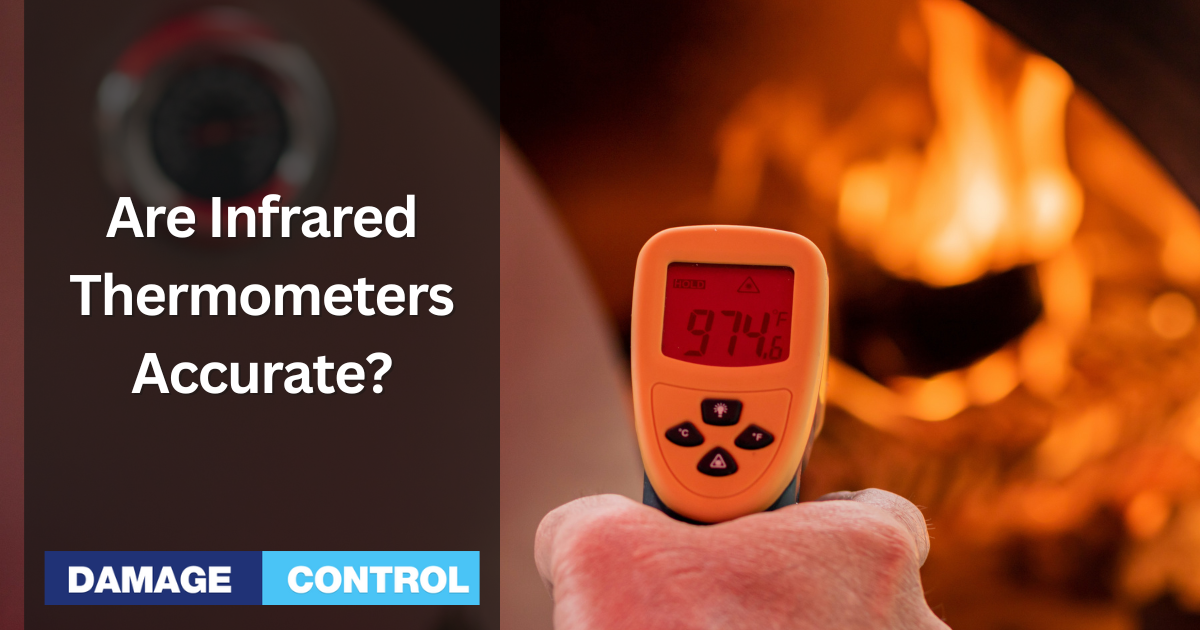Everyone's talking about infrared thermometers. Especially now. They're quick. They're touchless. But the big question? How accurate are they?
What's the Scoop on Infrared Thermometers?

You've likely encountered them, perhaps during a visit to the doctor's office or while at your workplace. These devices resemble guns and function with a simple mechanism: point, shoot, and within moments, you have a temperature reading.
But what underlies this seemingly magical process?
Infrared Rays and Heat Detection
At their core, these thermometers operate by detecting infrared rays. Infrared rays are a type of electromagnetic radiation, and everything around us emits some level of it. The hotter an object, the more infrared radiation it emits. So, when we talk about these thermometers reading infrared rays, what we really mean is that they are measuring the amount of heat—specifically from our body, or any other object in question.
Infrared thermomiters, cameras and more are based on the discovery of infrared and using technology to convert the data it collects into useful information for people.
The Science of Sensors
Inside the device is a sensor that plays a crucial role. When you point and shoot the thermometer, it's this sensor that catches the infrared rays. Once captured, the device then processes this infrared data and, through a series of computations, translates it into a temperature reading that's displayed for you.
The Advantage of Distance
One of the most appealing features of infrared thermometers is their ability to measure temperature without any physical contact. This is particularly useful in medical settings or public places, ensuring a hygienic and swift process. You simply aim the thermometer at the desired point, often the forehead when measuring human body temperature, and you get a reading without having to touch the skin.
It all sounds impressive, doesn't it? However, it does beg the question: just how reliable and accurate are these readings?
How Do They Stack Up Against Traditional Thermometers?

In the realm of temperature measurement, traditional thermometers—those we tuck under our tongue—have stood the test of time. Their longstanding presence in households and medical facilities speaks to their trustworthiness and reliability. However, with the emergence of infrared thermometers, a pertinent question arises: how do these newer devices measure up against their traditional counterparts?
How Readings Are Taken
One of the primary differences lies in how each device takes a reading. Traditional thermometers require direct contact, usually with the body's internal areas like under the tongue or armpit, to gauge temperature accurately. Infrared thermometers, on the other hand, employ a different mechanism.
Distance
Distance plays a pivotal role when using an infrared thermometer. Holding the device either too close or too far from the target can result in an inaccurate reading. Each infrared thermometer model will specify its optimal distance for use, and it's essential to adhere to this recommendation.
Clean Lens Importance
The lens, being a critical component of the infrared thermometer, must be maintained in pristine condition. Accumulation of dust, dirt, or any grime can interfere with its ability to detect infrared rays, thereby skewing the readings.
The Environment Counts
The surrounding environment in which the infrared thermometer is used is also crucial. Taking measurements in extreme conditions, whether in a freezing room or under the sweltering sun, can impact its accuracy. It's crucial to ensure that the thermometer is used in a reasonably stable environment for the best results.
Read the Instructions
Furthermore, as with any gadget, it's essential to be familiar with its nuances. Infrared thermometers, depending on the brand and model, might come with specific operational procedures or calibration needs. Always reading the manual and understanding the unique features of your device can make a significant difference.
So, Can We Rely on Infrared Thermometers?
Given these considerations, can we truly place our trust in infrared thermometers? The answer is a resounding yes. In the modern era, they have proved to be invaluable tools, providing swift readings, ensuring hygiene with their no-contact approach, and allowing for non-intrusive measurements.
However, they're not without their limitations. They are susceptible to environmental factors, and like any precision instrument, they might require periodic calibration to maintain their accuracy.
When used correctly and under the right conditions, infrared thermometers as well as their camera counterpart can provide incredibly accurate results. But, as with all tools and devices, it's prudent to exercise caution. If there's ever a shred of doubt regarding a reading, it's always wise to double-check. After all, precision in health and safety is paramount.
Absolutely. They're useful tools. Especially in today's world. But remember, they have limits.
Conclusion
Infrared thermometers? Game changers. They offer speed and convenience. However, their accuracy? As good as the care we take when using them. So, always follow the guidelines. And you're set for some accurate temperature readings!

